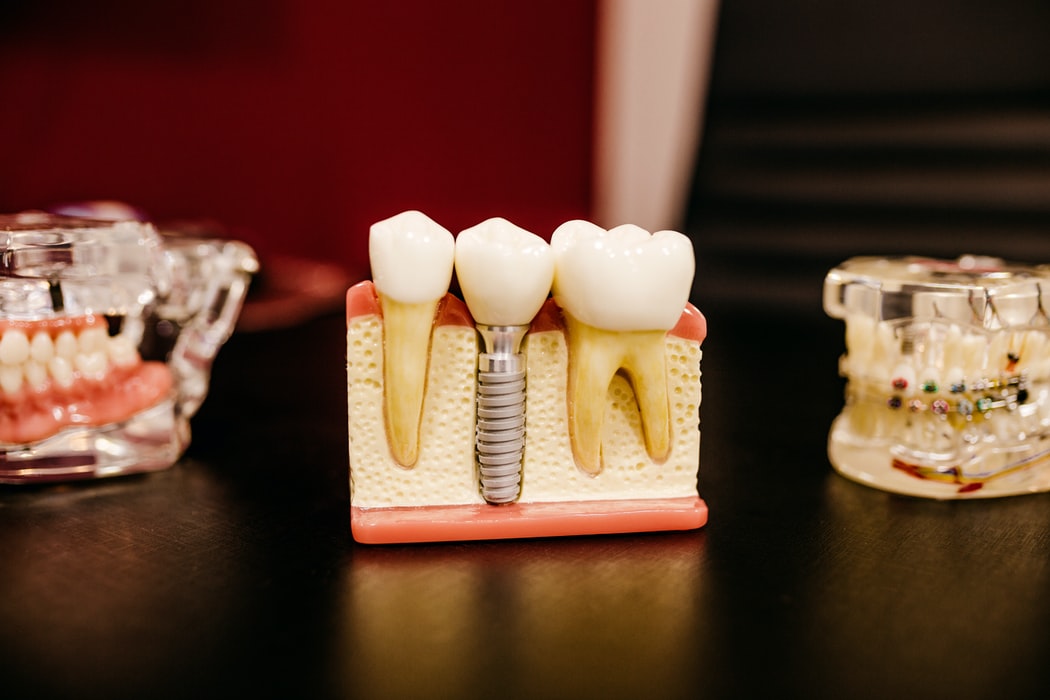
Porcelain crowns and veneers are both dental restoration methods which help improve the function and look of your teeth. The main difference between the two is that crowns cover the entire tooth, whereas veneers only cover the front part of the tooth. Since dental restoration procedures tend to be quite costly, it is crucial to know which one is the right fit for you. This post aims to distinguish between the two procedures so that you can make the right decision. Although both the procedures are different, they offer good success rates. Let’s compare the two.
What Is A Porcelain Crown?
A porcelain crown is like any other crown, except that it is made of porcelain. It is used to cover the entire tooth. Porcelain crowns have an advantage over older metal-based ceramic crowns in both strength and esthetics, according to mydentistsanfrancisco.com. When getting a crown, more of the tooth requires filing or has to be grounded down for the crown placement. The dentist would remove the decayed part of the tooth if you have tooth decay before proceeding with making the crown. Thus, the tooth might need to be built up to provide support to the crown. It would also need to be built up if it has been damaged. A local anaesthetic might be used for carrying out the procedure.

What Is A Veneer?
When it comes to veneers, they are only used to cover the front surface of the tooth. Unlike crowns which tend to be invasive, they do not require much work. The preparation ensures that the original tooth is kept intact. To bond the veneers, about half a millimetre of enamel is grounded down to roughen the surface. However, there are some newer types of veneers which do not require as much grinding on the tooth surface. But, a local anaesthetic might still be needed as the grinding can be somewhat painful. To get veneers, your teeth must have sufficient enamel on them for bonding.
What Makes Porcelain Crowns & Veneers Different?
A porcelain crown is about 2mm in thickness. It covers the entire tooth, whereas, a veneer is bonded to only the front of the tooth. It has a very thin layer and is about 1 mm in thickness. To determine whether you should get porcelain crowns or veneers, the condition of your teeth needs to be considered.

Pros of Porcelain Crowns
- Dental insurance covers a portion of the cost of porcelain crowns.
- Porcelain crowns tend to be relatively permanent in nature and do not need to be removed for cleaning.
- They offer a natural look and feel.
- The entire tooth is covered which means that it would be better protected from decay.
Cons of Porcelain Crowns
- Porcelain crowns are fragile and may get damaged over time.
- Initially, crowned teeth can be more sensitive to cold and heat. Thus, you might experience gum pain and if sensitivity increases, it would be best to schedule an appointment with your local dentist.
- More of the natural tooth has to be removed to place the crown.
- A thin dark line would appear between the natural teeth and crown due to the porcelain fused with the metal alloy.

Pros of Veneers
- Veneers allow minimal movement of the teeth.
- Some veneers do not require much trimming which means that most of natural tooth would remain.
- Veneers are more aesthetically pleasing as compared to crowns in the long run as they do not show a gum margin after a few years.
Cons of Veneers
- Veneers are not reversible.
- They are not covered by dental insurance which means that you would need to pay out of pocket.
- More areas of the tooth are exposed to new decay when you get veneers.
How To Determine Which Option Is Right For You?
Porcelain crowns are your best bet if your teeth have a root canal, are crooked, or have a large filling. On the other hand, if your teeth are intact and you require restoration for cosmetic purposes, it might be better to opt for veneers as they are perfect for minor shape corrections.
How Much Do Porcelain Crowns & Veneers Costs?
Whether you get porcelain crowns or veneers, you should be prepared to spend some money as the two procedures can be quite costly. Unlike porcelain crowns which would be covered by most dental insurance programs, you should not expect the same with veneers. The cost of a veneer can be anywhere between $925 and $2,500 per tooth, whereas, the cost of a crown can be anywhere between $1,000 and $3,500 per tooth.
















